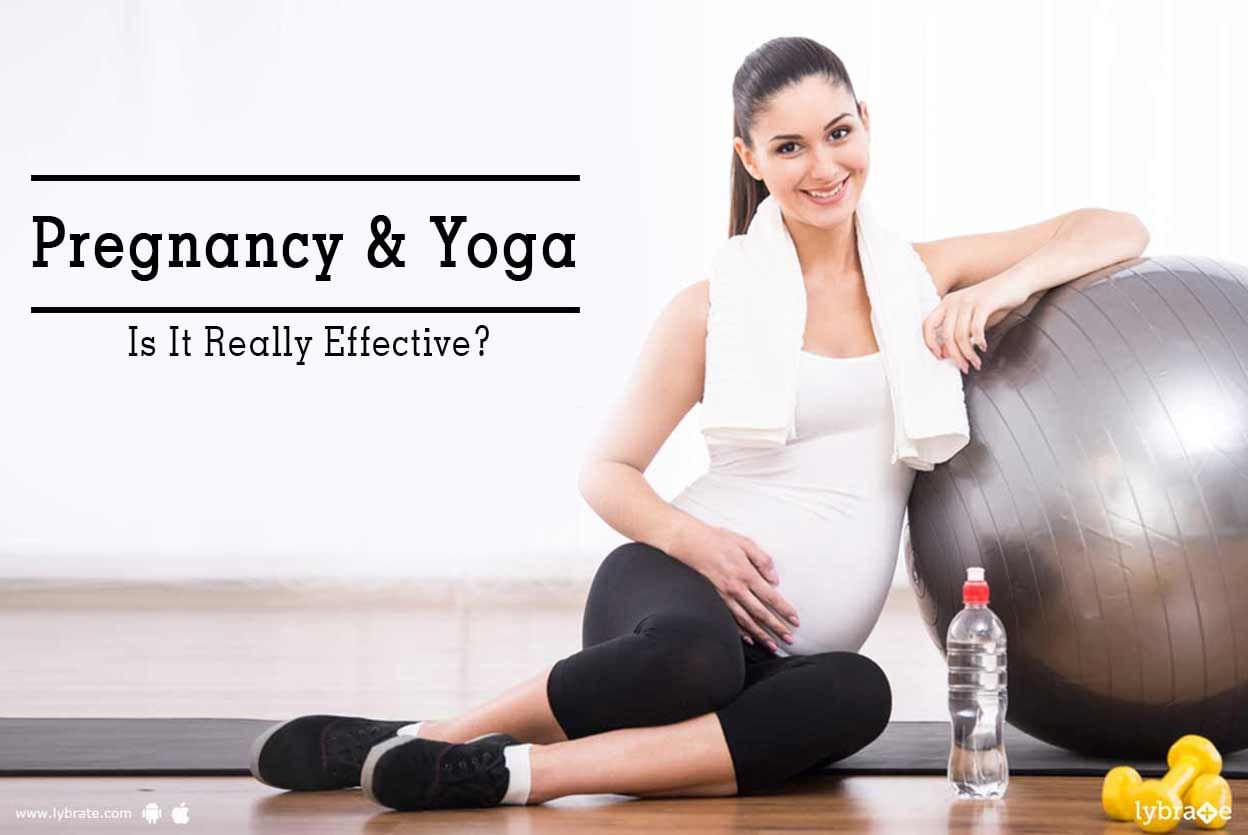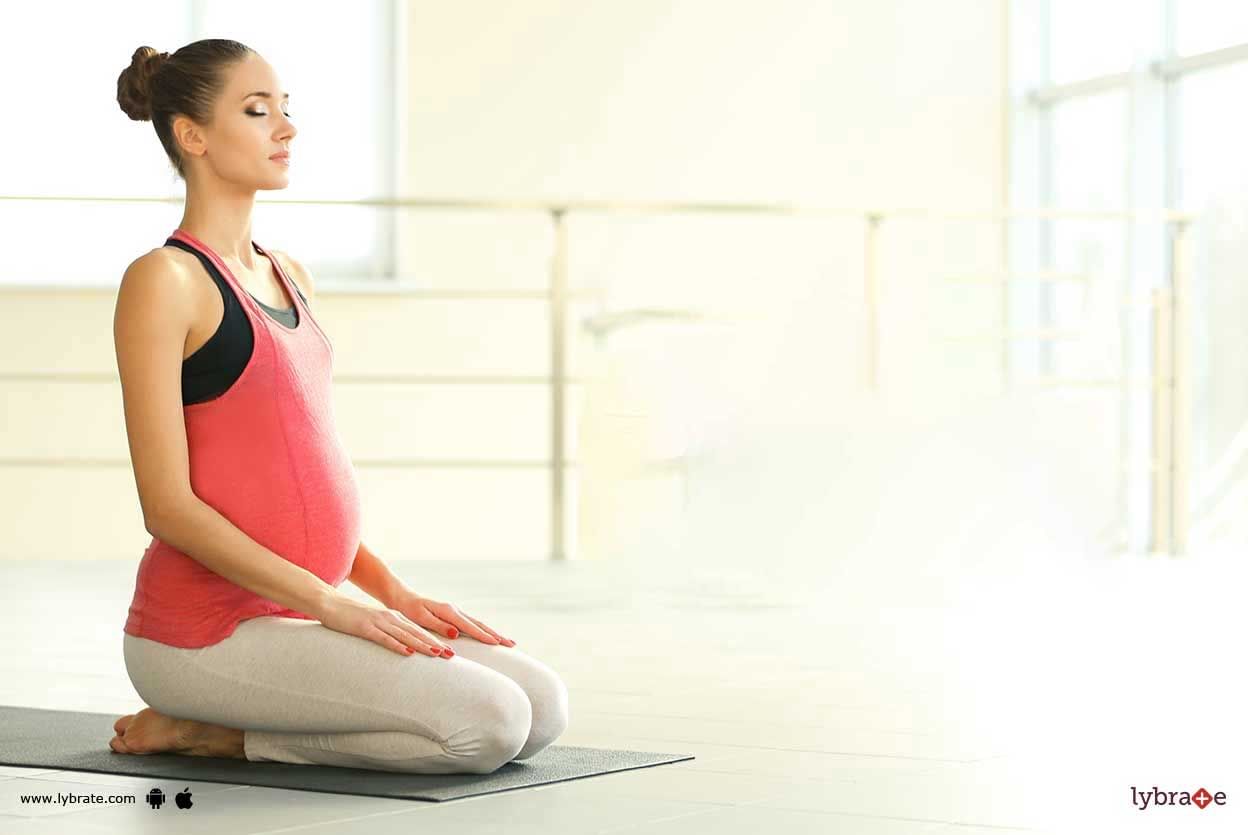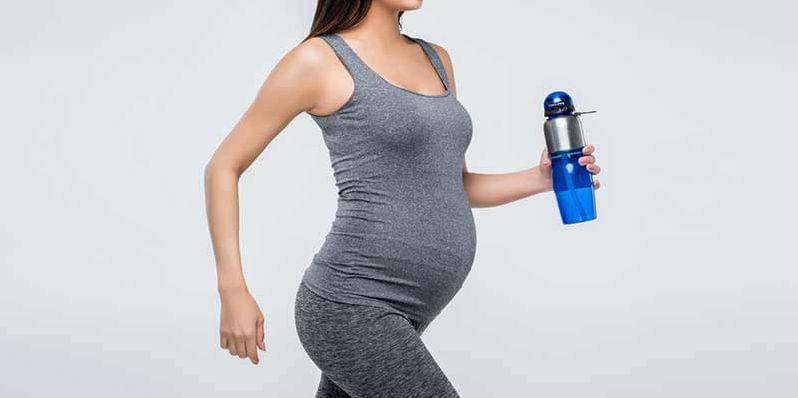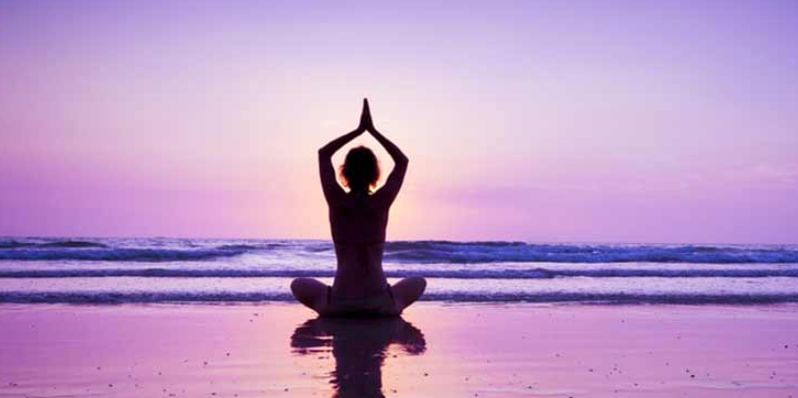Get the App
For Doctors
Login/Sign-up
About
Health Feed
Find Doctors
Health Packages
AllQ&AsTipsQuizzes
Yoga During Pregnancy Health Feed
Last Updated: 6 years ago• Featured Tip
Share
Bookmark
Report
Yoga is a group of mental, spiritual, and physical disciplines or practices which initiated in ancient India. Yoga uses exercise, meditation, body positions (called postures), and breathing techniques. It helps in improving health and focuses on physical and mental well-being. It helps by improving the parasympathetic nervous activity (important for bodily purposes when at rest).
Yoga in pregnancy is a pronounced way to stay healthy and active for the mother and the baby. Yoga classes i...more
Yoga in pregnancy is a pronounced way to stay healthy and active for the mother and the baby. Yoga classes i...more
Last Updated: 6 years ago• Featured Tip
Share
Bookmark
Report
You re pregnant! Many congratulations! You might be feeling mixed emotions, happy, excited, scared and overwhelmed, all of these emotions at the same time. Isn t it difficult to point out one single emotion you are feeling right now? The morning sickness is debilitating but the baby bumps will be delightful. Enthusiasm must be filling you up at once and at the very next minute another emotion might be clouding up. Credits of all these mood swings go to various hormonal changes happening during t...more
Last Updated: 6 years ago• Featured Tip
Share
Bookmark
Report
Yoga is a group of mental, spiritual, and physical disciplines or practices which initiated in ancient India. Yoga uses exercise, meditation, body positions (called postures), and breathing techniques. It helps in improving health and focuses on physical and mental well-being. It helps by improving the parasympathetic nervous activity (important for bodily purposes when at rest).
Yoga in pregnancy is a pronounced way to stay healthy and active for the mother and the baby. Yoga classes i...more
Yoga in pregnancy is a pronounced way to stay healthy and active for the mother and the baby. Yoga classes i...more
Last Updated: 6 years ago • Featured Quiz
Share
Bookmark
Report
Last Updated: 6 years ago• Featured Tip
Share
Bookmark
Report
Advice for an expectant mother is plentiful to come around from family and friends. While it may be well intentional, it may not be the best advice possible. One of the things most people would advise is to avoid exercising as it may affect the health of the mother and the baby. This is in fact a very wrong advice as expectant mothers like everyone need exercise to stay fit and healthy. The only difference from normal people is that certain types of exercises may not be suitable for pregnant wom...more
Last Updated: 6 years ago• Featured Tip
Share
Bookmark
Report
The word yoga is derived from the Sanskrit word Yuji that means union. Yoga is an ancient Indian practice of meditation that brings about harmony between the body and mind through various poses and breathing exercises.
These poses and exercises help to alleviate stress and induce relaxation. Practising yoga regularly ensures physical as well as mental well-being.
How is Yoga Helpful during Pregnancy?
Many people believe that any sort of physical activity or repeated ...more
These poses and exercises help to alleviate stress and induce relaxation. Practising yoga regularly ensures physical as well as mental well-being.
How is Yoga Helpful during Pregnancy?
Many people believe that any sort of physical activity or repeated ...more
Last Updated: 7 years ago • Featured Quiz
Share
Bookmark
Report
Asked for female, 27 years old from Bangalore
Share
Bookmark
Report
Last Updated: 8 years ago• Featured Tip
Share
Bookmark
Report
Advice for an expectant mother is plentiful to come around from family and friends. While it may be well intentional, it may not be the best advice possible. One of the things most people would advise is to avoid exercising as it may affect the health of the mother and the baby. This is in fact a very wrong advice as expectant mothers like everyone need exercise to stay fit and healthy. The only difference from normal people is that certain types of exercises may not be suitable for pregnant wom...more
Asked for female, 29 years old from Ahmedabad
Share
Bookmark
Report
Basically surya namaskar gets all the muscles of your body tuned to some activity and if done in wee hours of morning facing the sun,the entire system gets rejuvenated with positive energy and vigour.During periods it's safe as there are no lower abs muscles involved as such,yes you might get into some discomfort owing to bleeding and padding,so even if you skip it for those 3 to 4 days it doesn't interrupts your excercing schedule.
Book appointment with top doctors for Yoga During Pregnancy treatment
View fees, clinic timings and reviews
Ask a free question
Get FREE multiple opinions from Doctors
posted anonymously





















